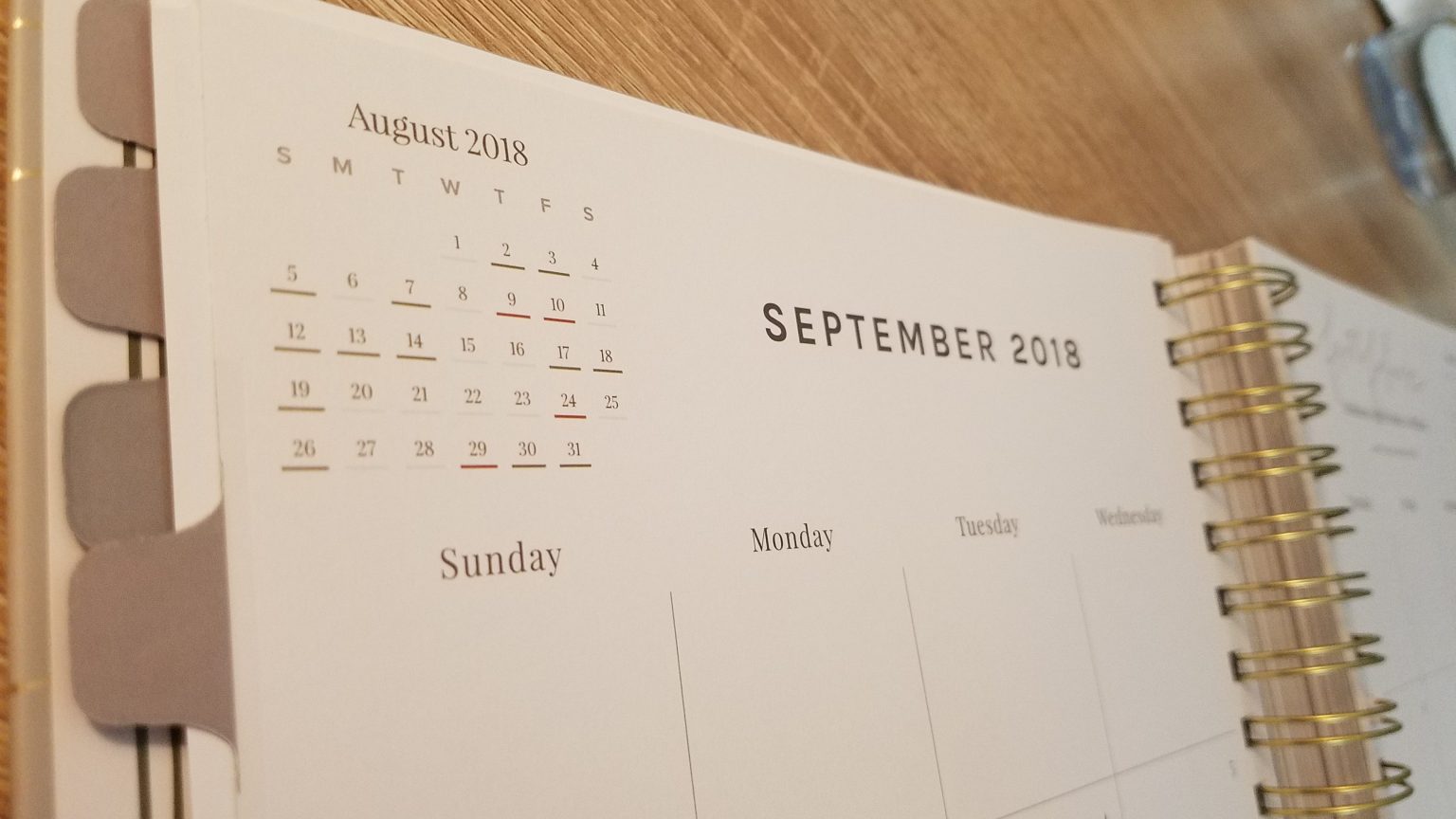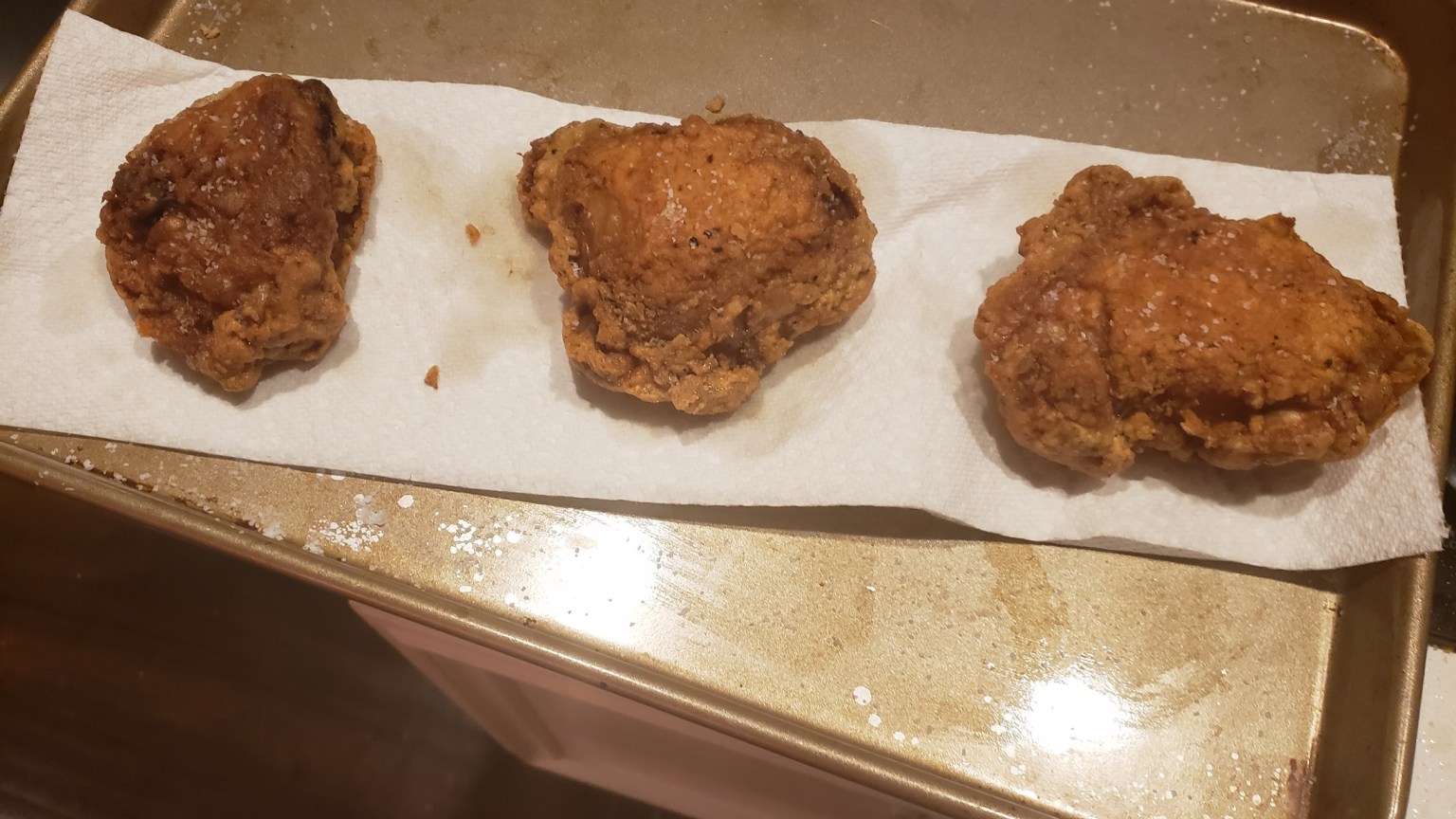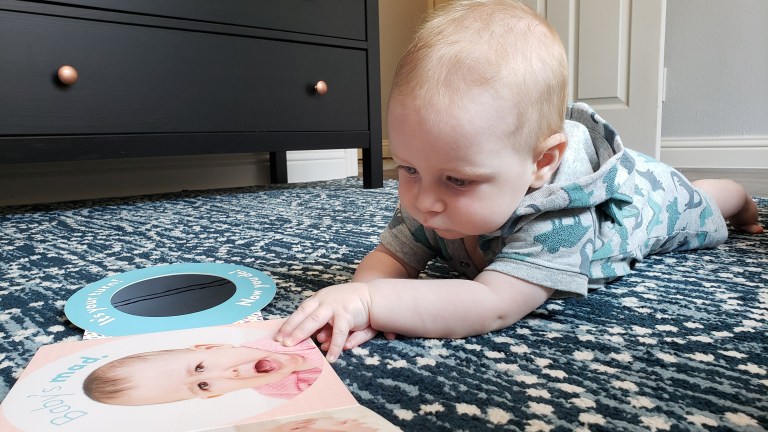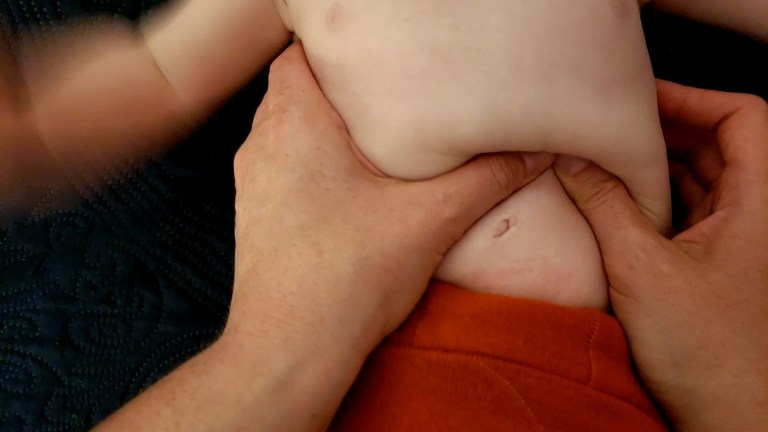Yes, behavior is a significant factor towards independent toileting – either the behavior is positive, and helps your kiddo stay encouraged and participatory during toileting, OR the behavior is negative, and creates a negative environment regarding toileting – leading to screaming matches in the bathroom, fear of the bathroom or pooping, and resentment of anyone asking them to try to go to the bathroom. However, so much blame can be put on a child for their dysfunctional pelvic floor, their leaks, and their inability to feel the urge to go.
But at some point, behavior may no longer be the front runner of contributing factors.
When I'm treating a kiddo with pelvic floor dysfunction, I often find myself citing that both the child AND their bodies need to learn to be better poopers. Let me explain. There is a cycle that happens. Often, behavioral changes are the first factor that affects a child's ability to independently toilet. But after so long of slow motility, incomplete evacuation, or possibly withholding (or any combination of the three), their bodies develop a new habit and subsequently physiological and structural changes begin to happen.
Before I talk about what the changes are during chronic constipation, you have to know what is normal. Your body is a wonderfully, complex, amazing thing, capable of some complex tasks, including pooping.
Step one: You consume food, and it begins the process of digestion in your stomach and stimulates your body to react reflexively. Your brain acknowledges food is in the GI system, and the brain then initiates a process to clear the stool down below to make room for the new food. This is an example of a physiological part of the process – one that you can't control just by deciding you want it to happen.
Step two: Peristalsis. This is the normal process of the intestines acting as an active participant in the digestive process. Your intestines receive a message from brain, or more specifically your autonomic nervous system, and your intestines are instructed to start working. They complete a process called peristalsis, which is similar to the way your heart works. Your heart is a muscle you cannot control. Similarly, your intestines are made of muscle, that when told to, squeeze and relax to help push stool through the 'tubes' of the GI tract. This ensures the food (which changes to stool in the intestines) moves at an appropriate pace.
Step three: Your food-now-turned-stool makes it to your rectum, the end of the system before it makes its exit. Your internal and external anal sphincters are extremely smart and send messages to your brain to tell you what type of material is ready to come out (stool, gas, or unfortunately, sometimes liquid). You can either perform a gentle pelvic floor lift (Kegel) to tell your body this is a BAD time to go (for example you're about to pay at the grocery store with a carriage full of food and suddenly have to go); OR, if you're on the toilet, you relax, bulge, and your intestines again spring into action and you poop!
So now comes the dysfunctional system, which works a little bit backwards.
After so long of choosing NOT to evacuate yourself, your child's rectum begins to become a storage area for stool. It stretches as you forcefully retain more stool – I've seen x-rays with rectums the size of footballs or larger.
As the rectum continues to stay stretched out, it begins to communicate less with your child's brain – the task of telling your child when new stool reaches the rectum becomes more difficult, because your child's rectum is always full. All the time. The communication between the rectum and brain decreases, the sensation and urge to go to the restroom declines, and fecal leaks can happen.
As stool builds further into the large intestine (backing up from the rectum into the large intestines or further up) – the large intestine also learns a new habit of retaining stool, and the system treats this as the new norm. No longer will the colon and rectum work to get stool out, but it learns a new habit of keeping and storing stool in.
Peristalsis slows and may eventually stop.
The body and brain are confused. No longer does the brain stimulate the intestines to work, no longer can your gentle pelvic floor contraction prevent a leak, and no longer does your GI system work to evacuate stool out, but rather its new habit instructs it to store stool. Even if you tried to poop on the toilet, you may not be able to, because your rectum and intestines have developed the habit of storing poop inside.
Sounds like a bad situation to be in.
But so many kids are in this exact situation. The longer constipation occurs, the more habitual this dysfunctional cycle becomes, which means its even more difficult to break this bad cycle. I've seen kiddos that poop once a month or less, and when their bodies have this few bowel movements, their bodies' habits continue to drive this BM frequency.
The key is to break the bad habits and initiate good ones. And like creating any new habit, the best way to achieve this is through consistency. Consistently trying to stimulate a bowel movement with the body's natural reflex loops (I'll talk about this next week), to provide plenty of opportunities for the body to connect the urge to go with the actual act of defecation, and practice good toileting habits, mechanics, and positioning.
Creating new habits takes time. Stay persistent, positive, and encouraging. Acknowledging that both your child AND their body needs to learn how to poop better takes some of the blame off of them, and allows them to understand why sitting for such a long time is so important (15 minutes is my typical recommendation) – because their body needs time to learn what to do when they are sitting.
What can you do to help your child develop a more positive habit? How long has your child had toileting issues? The longer they have had issues, the more difficult it will be to create better habits. Stay positive and persistent – you can do it!
Be well.
Related Posts










